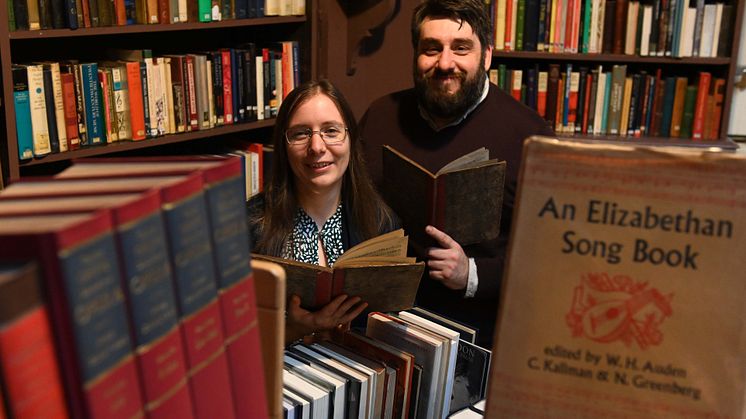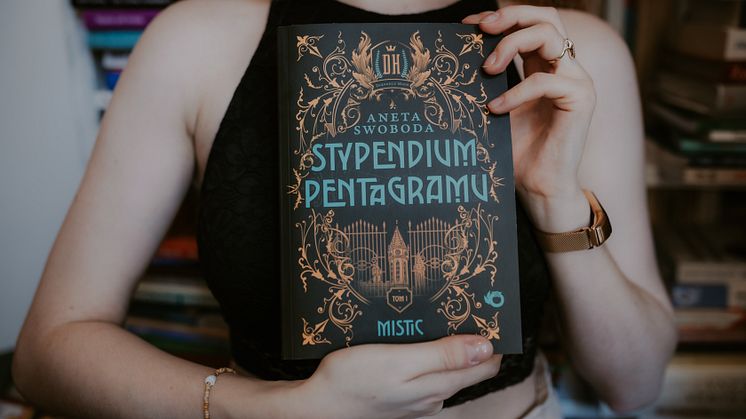Press release -
EXPERT COMMENT: Remembrance Day: five beautiful novels about war commemoration
In an article written for The Conversation*, from Northumbria University, Dr Ann-Marie Einhaus, Associate Professor of Modern and Contemporary literature and Research Fellow Dr Alexandra Peat discuss recommendations for five novels that can give readers fresh insights into conflict and commemoration.
Every autumn, the UK participates in an astonishing commemorative practice: the annual charity drive of the Poppy Appeal. From its origins during the first world war to the purple poppy commemorating animals in wartime, the artificial poppy has become a fragile but enduring symbol of remembrance.
Writers of fiction have frequently turned to ephemeral objects like the poppy (that is, fragile and disposable ones) as a vehicle to explore violent conflicts and their aftermath. Perhaps their fragility is precisely what is so appealing about items like postcards, sketches and keepsakes. Their lack of officialness opens up untold everyday experiences.
In our research on the links between literature and ephemera related to war and displacement, we question the limitations of official narratives about conflict and investigate how literature can push back at these by harnessing the power of everyday objects. We use the term “ephemera” to refer to any small, portable items linked to war, its commemoration and migration as a result of war or economic hardship.
Here are our recommendations for five novels that can give readers fresh insights into conflict and commemoration.
1. In Memoriam, by Alice Winn (2023)
In her breakout success, In Memoriam, Alice Winn uses a type of ephemera – public school magazines – to bring to life the experiences of schoolboy volunteers in a way that is engaging and thought-provoking.
Although it returns to one of the best represented perspectives in first world war writing – that of soldier poets like Siegfried Sassoon and Robert Graves, on whom Winn modelled her protagonists – it conveys a sense of immediacy and pathos through its use of mocked-up magazine pages.
2. A God in Every Stone, by Kamila Shamsie (2014)
Published in time for the first world war centenary in 2014 and shortlisted for the 2015 Women’s Prize for Fiction, Shamsie’s novel broke new ground.
It shows the war we think we know from several fresh points of view. This includes a woman who refuses the self-sacrifice of nursing soldiers and pursues her archaeological dreams instead, the plight of the Armenian minority in the Ottoman Empire and Indian soldiers who return to Punjab with a burning sense of injustice that feeds the growing push for independence.
The novel culminates in a little-known display of colonial violence that was perpetrated against the peaceful Khudai Khidmatgar movement.
Shamsie uses the contrast between stone artefacts and ephemera (especially letters and notebooks) for a wide-ranging reflection on the ways history is written by those in power – and how those struggling to be heard can push back in their own small way.
3. Afterlives, by Abdulrazak Gurnah (2020)
Nobel prize-winner Gurnah depicts a version of the first world war hardly ever taught or discussed in western Europe.
The novel traces the experience of a small cast of characters in what was then German East Africa (now Tanzania) leading up to, during and after the war. Gurnah’s signature stripped-back prose explores the violence of war visited on the multi-ethnic communities of east Africa. The depiction of the violence is forensic and harrowing, and linked to the fates of his protagonists.
At the heart of the novel is the story of Hamza, a young man broken by his time fighting for the German colonial army — the so-called Schutztruppe — and his return to life after the end of the war.
The novel highlights poignantly the limits of European narratives of war and especially the limitations of colonial archives for documenting and reclaiming the stories of Africans in the first world war.
4. Summer, by Ali Smith (2020)
The four novels that make up Smith’s Seasonal Quartet are each concerned with Britain’s recent history, charting the shock waves of the Brexit referendum, anxieties about migration, climate change and the COVID pandemic.
While Smith’s books have been rightly celebrated for their nowness – with each book being written and published within a few short months – they are also deeply rooted in history and memory, as she traces links between current events and past legacies.
Summer, the final book in the cycle, won the 2021 Orwell Prize for political fiction. Here, the story of life in Britain during lockdown is juxtaposed with that of Daniel Gluck, a 100-year old man who, as a young German-British Jew was detained in an Isle of Man internment camp during the second world war.
Weaving together letters (both lost and sent), postcards and pieces of art, Smith shines light on a neglected aspect of British history. She connects it to the current treatment of refugees from conflict and deprivation in British detention centres. Smith’s novel offers a powerful meditation on the possibilities of hospitality.
5. Small Island, by Andrea Levy (2004)
This multi-award winning novel is a modern classic. It follows four protagonists, two British and two Jamaican, through the vicissitudes of the second world war and the post-war Windrush moment.
The novel charts fraught cultural encounters as it moves between the experiences of women on the home front, a Jamaican soldier visiting Britain for the first time as a volunteer in the army and a British soldier serving in south Asia.
As well as showcasing different voices and points of view, Levy emphasises the significance of travelling objects. A lost wallet, a family photograph and a trunk full of belongings from home all play pivotal roles in the plot.
The novel uses everyday objects to highlight questions of community and belonging in the aftermath of conflict. As the Windrush moment is itself being commemorated, Levy expands our understanding of the intricate links between war and migration.
*This article was originally published by The Conversation. Please see here for republishing guidelines.
Topics
Categories
UNIVERSITY OF THE YEAR 2022 (Times Higher Education Awards)
Northumbria is a research-intensive university that unlocks potential for all, changing lives regionally, nationally and internationally. Find out more about us at www.northumbria.ac.uk
--- Please contact media.communications@northumbria.ac.uk with any media enquiries or interview requests ---









